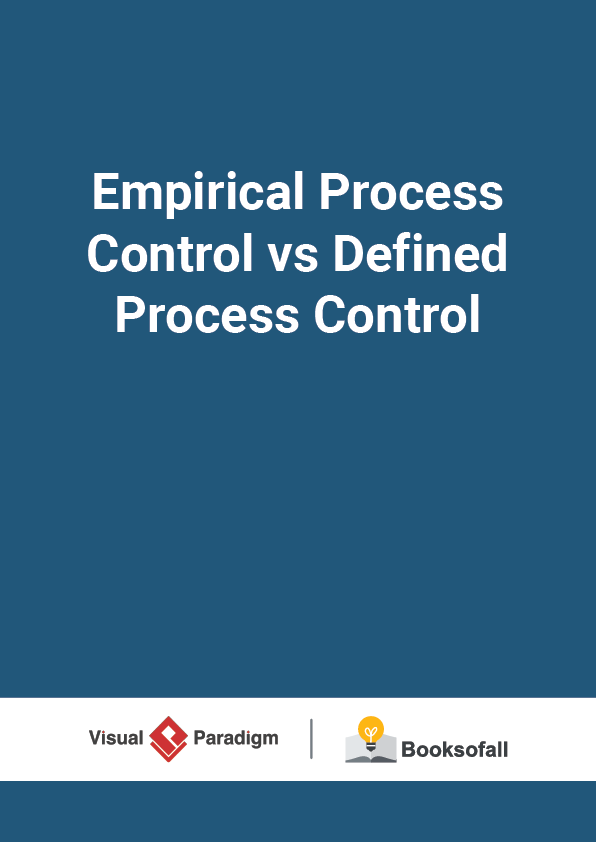How to Maintain Transparency in Scrum?
9-11 minutes
Scrum is founded on empiricism which based on the three most important aspects (also known as the three pillars as shown in the Figure below) uphold every implementation of empirical process control: transparency, inspection, and adaptation. When the values of commitment, courage, focus, openness and respect are embodied and lived by the Scrum Team , the Scrum pillars of transparency, inspection, and adaptation come to life and build trust for everyone. The Scrum Team members learn and explore those values as they work with the Scrum roles , events, and artifacts .
The three pillars of scrum Ensure Transparency – Scrum Team
Scrum enforces transparency inside and outside the team. Transparency is vital to the Scrum process, as it allows everyone to see and understand what is really happening in each sprint , achieving a bigger and better communication and trust on the team. There are a number of ways in which a team can be transparent.
What is Scrum Team
Work Closer and Feedback faster
Scrum team should be transparent in the way they work: bring stakeholders closer, work with them every day, allow feedback to flow in both directions and share the risk of taking a certain direction.
Make Work Progress More Visible
The team can make progress visible: burn down charts and a whiteboard are the traditional methods for showing progress against sprint goals . A simple report to show progress at all levels of planning, from sprint all the way up to vision, can be incredibly effective at reducing the number of ‘when will it be done?’ conversations.
Free Flow of Updated Information Information
needs to travel in both directions. Stakeholders and those in product roles, especially those who work directly with a team, must be transparent too. Product direction in the form of roadmaps, release plans or definition of done can be made visible to the team so that they are aware of the overarching goals and expectations they committed to deliver on.
Scrum Master
In Scrum, it’s not the team that works for the Scrum Master , it’s the Scrum Master who strives to facilitate the work of the development team. The Scrum Master must work with the Product Owner , Development Team, and other involved parties to understand if the events and artifacts are completely transparent. The Scrum Master must help every one apply the most appropriate practices in the absence of complete transparency. A Scrum Master can detect incomplete transparency by inspecting the artifacts, sensing patterns, listening closely to what is being said, and detecting differences between expected and real results.
Transparency in Events
Sprint is a container for all other events and each event in Scrum is a formal opportunity to inspect and adapt something. These events are specifically designed to enable critical transparency and inspection. Failure to include any of these events results in reduced transparency and is a lost opportunity to inspect and adapt.
The transparency is the first significant aspects in the Scrum process that must be visible to those responsible for the outcome. Transparency requires those aspects be defined by in its day-to-day activities and artifacts so the team can share a common understanding of what is being seen.











